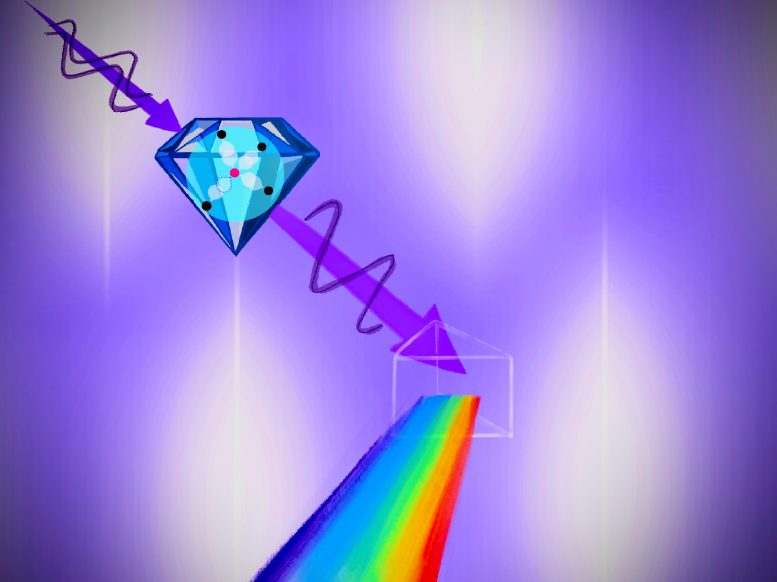
Highly precise optical absorption spectra of diamond reveal ultra-fine splitting. Credit: KyotoU/Nobuko Naka
Highly precise optical absorption spectra of diamond reveal ultra-fine splitting.
Besides being “a girl’s best friend,” diamonds have broad industrial applications, such as in solid-state electronics. New technologies aim to produce high-purity synthetic crystals that become excellent semiconductors when doped with impurities as electron donors or acceptors of other elements.
The Science of Doping
These extra electrons — or holes — do not participate in atomic bonding but sometimes bind to excitons — quasi-particles consisting of an electron and an electron hole — in semiconductors and other condensed matter. Doping may cause physical changes, but how the exciton complex — a bound state of two positively-charged holes and one negatively-charged electron — manifests in diamonds doped with boron has remained unconfirmed. Two conflicting interpretations exist of the exciton’s structure.
Breakthrough Research on Excitons
An international team of researchers led by Kyoto University has now determined the magnitude of the spin-orbit interaction in acceptor-bound excitons in a semiconductor.
“We broke through the energy resolution limit of conventional luminescence measurements by directly observing the fine structure of bound excitons in boron-doped blue diamond, using optical absorption,” says team leader Nobuko Naka of KyotoU’s Graduate School of Science.
“We hypothesized that, in an exciton, two positively charged holes are more strongly bound than an electron-and-hole pair,” adds first author Shinya Takahashi. “This acceptor-bound exciton structure yielded two triplets separated by a spin-orbit splitting of 14.3 meV, supporting the hypothesis.”
Luminescence resulting from thermal excitation can be used to observe high-energy states, but this current measurement method broadens spectral lines and blurs ultra-fine splitting.
Advanced Techniques and Future Directions
Instead, Naka’s team cooled the diamond crystal to cryogenic temperatures, obtaining nine peaks on the deep-ultraviolet absorption spectrum, compared to the usual four using luminescence. In addition, the researchers developed an analytical model including the spin-orbit effect to predict the energy positions and absorption intensities.
“In future studies, we are considering the possibility of measuring absorption under external fields, leading to further line splitting and validation due to changes in symmetry,” says Université Paris-Saclay’s Julien Barjon.
Implications for Material Science
“Our results provide useful insights into spin-orbit interactions in systems beyond solid-state materials, such as atomic and nuclear physics. A deeper understanding of materials may improve the performance of diamond devices, such as light-emitting diodes, quantum emitters, and radiation detectors,” notes Naka.
Reference: “Spin-Orbit Effects on Exciton Complexes in Diamond” by Shinya Takahashi, Yoshiki Kubo, Kazuki Konishi, Riadh Issaoui, Julien Barjon and Nobuko Naka, 26 February 2024, Physical Review Letters.
DOI: 10.1103/PhysRevLett.132.096902

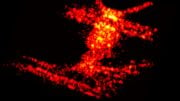
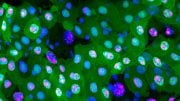

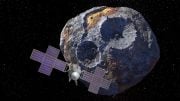

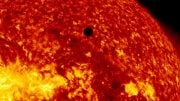

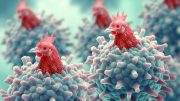
Please answer:
1. How to define the energy resolution limit?
2. Why is there a spin-orbit?
3. Where does the energy of the spin-orbit come from?
4. Is the theory that researchers believe in complete?
5. Is spin-orbit related to the spin of topological vortices?
6. Are so-called academic journals (such as Physical Review Letters, Nature, Science, etc.) scientific and honest?
and so on.
Today, we have already entered the era of the internet. With the help of artificial intelligence and big data, discussions on scientific knowledge have become open and transparent. However, a group of editors of so-called academic journals (such as Physical Review Letters, Nature, Science, etc.) are mystifying themselves. They only care about their own so-called sufficiently high priority rating, general significance, discipline, novelty, etc., and do not care about what science and pseudoscience are.
Science and pseudoscience are not determined by a publication, an organization or a person, nor by you or me, but by mathematics the final say. Physical models must be based on mathematics or mathematical models in order to be scientific, convincing, and in accordance with natural laws.
The branch of mathematics known as topology has become a cornerstone of modern physics. The perpetually swirling topological vortices defy traditional physics’ expectations. A physical properties of topological vortices is their to spontaneously begin to change periodically in time, even though the system does not experience corresponding periodic interference. Therefore, in the interaction of topological vortices, time is both absolute and relative,and physics often requires treating space and time at the same level.
Low-dimensional spacetime matter is the foundation of high-dimensional spacetime matter. Low-dimensional spacetime matter (such as topological vortex) can form new material structures and derive more complex physical properties via interactions and self-organization. It is extremely wrong and irresponsible to imagine low dimensional spacetime matter using high-dimensional spacetime matter.
Science must follow mathematical rules. For example, the Standard Model (SM) is considered to be one of the most significant achievements of physics in the 20th century. However, the magnetic moment of μ particle is larger than expected, revealed by a g-2 experiment at Fermilab, suggests that the established theory (such as SM) of fundamental particles is incomplete. Furthermore, the SM omitting gravitation, it not involved the time problem and when the particle movement starts. Mathematics is the foundation of science. Physics must respect the scientific nature of mathematics and mathematical models. The SM must be based on mathematical models in order to be scientific, convincing, and in line with natural laws.
I hope researchers are not fooled by the pseudoscientific theories of the Physical Review Letters (PRL), and hope more people dare to stand up and fight against rampant pseudoscience.
The so-called academic journals (such as Physical Review Letters, Nature, Science, etc.) firmly believe that two high-dimensional spacetime objects (such as two sets of cobalt-60) rotating in opposite directions can be transformed into two objects that mirror each other, is a typical case of pseudoscience rampant.
If researchers are really interested in Science and Physics, you can browse https://zhuanlan.zhihu.com/p/643404671 and https://zhuanlan.zhihu.com/p/595280873.